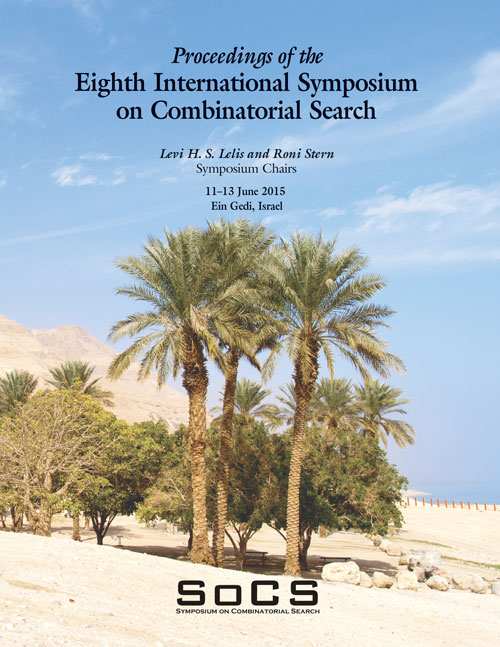Exploring the Synergy between Two Modular Learning Techniques for Automated Planning
DOI:
https://doi.org/10.1609/socs.v6i1.18351Keywords:
Classical Planning. Learning for Planning. Entanglements. Relational decision treesAbstract
In the last decade the emphasis on improving the operational performance of domain independent automated planners has been in developing complex techniques which merge a range of different strategies. This quest for operational advantage, driven by the regular international planning competitions, has not made it easy to study, understand and predict what combinations of techniques will have what effect on a planner’s behaviour in a particular application domain. In this paper, we consider two machine learning techniques for planner performance improvement, and exploit a modular approach to their combination in order to facilitate the analysis of the impact of each individual component. We believe this can contribute to the development of more transparent planning engines, which are designed using modular, interchangeable, and well-founded components. Specifically, we combined two previously unrelated learning techniques, entanglements and relational decision trees, to guide a “vanilla” search algorithm. We report on a large experimental analysis which demonstrates the effectiveness of the approach in terms of performance improvements, resulting in a very competitive planning configuration despite the use of a more modular and transparent architecture. This gives insights on the strengths and weaknesses of the considered approaches, that will help their future exploitation.

